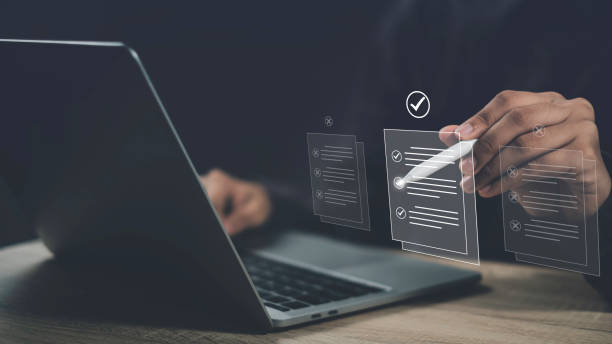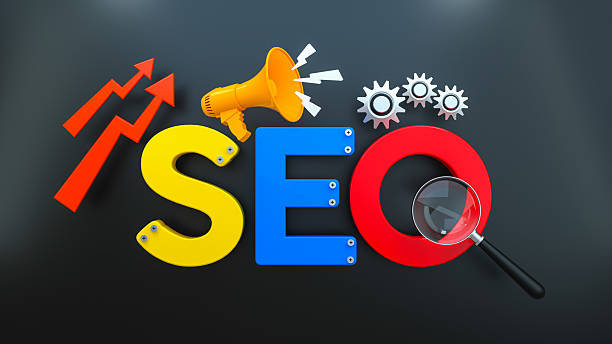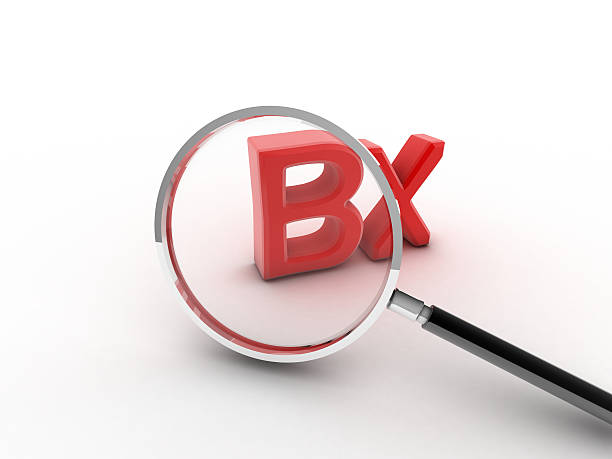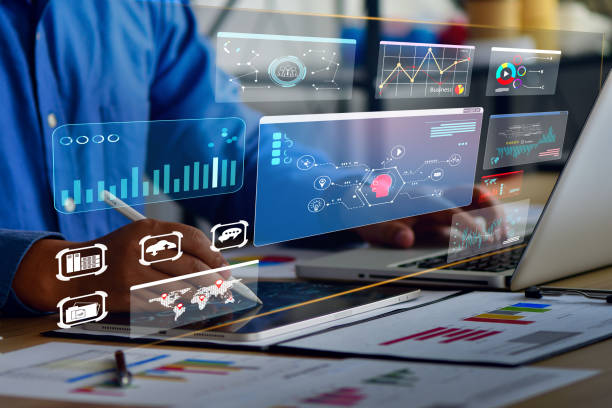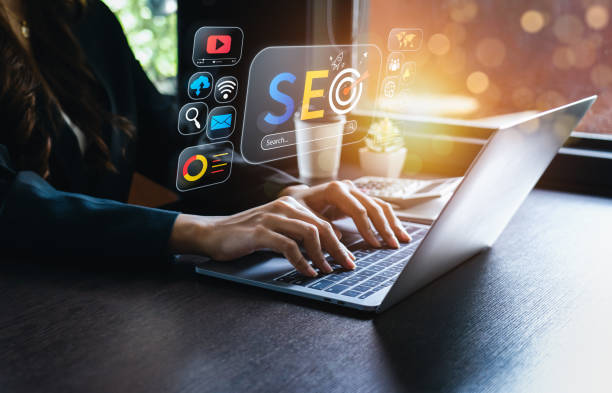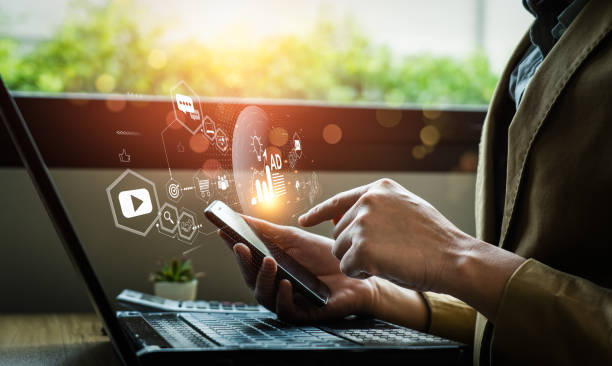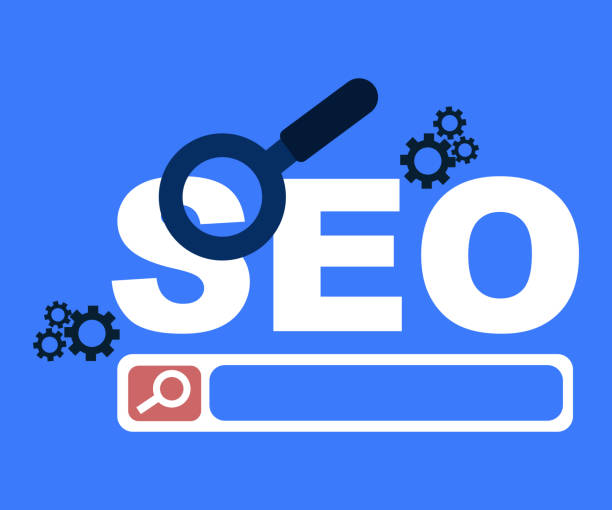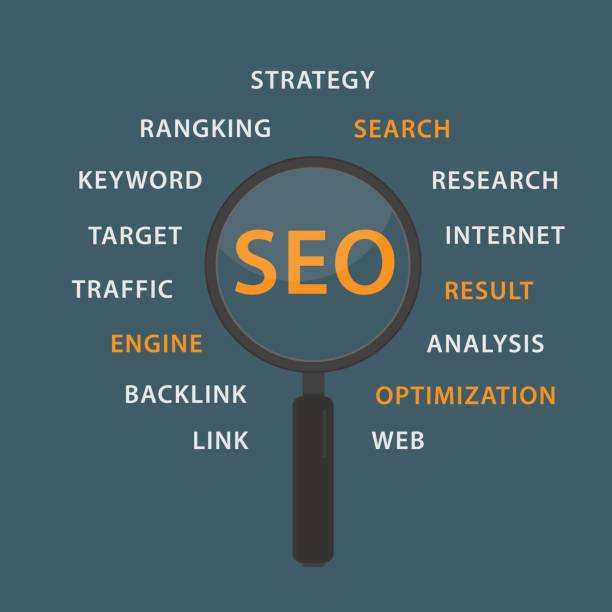What is On-Page SEO and Why Does it Matter?
#On-Page SEO, or On-Page SEO, is a set of techniques and actions that are performed to improve the ranking of a web page in Google search results (and other search engines).
Unlike Off-Page SEO, On-Page SEO focuses on factors that are within your website.
These factors include content, site structure, title tags, meta descriptions, and other elements related to user experience.
By optimizing these elements, you can help search engines better understand your content and show it to the right users.
On-Page SEO plays a very important role in the overall success of an SEO strategy.
Because without a website optimized for On-Page SEO, efforts for Off-Page SEO (link building, etc.) will be less effective.
On-Page SEO helps you attract more organic (free) traffic from search engines, and by improving user experience, turn visitors into customers.
On-Page SEO is one of the fundamental pillars of SEO and paying attention to it is essential for any website.
For more information, you can visit the SEO in Wikipedia page.
Are you tired of your online store having visitors but no sales? Rasaweb solves your main problem by designing professional online stores!
✅ Significant sales increase with targeted design
✅ Flawless user experience for your customers
⚡ Get free consultation!
Keyword Research, the First Step in On-Page SEO
Keyword Research is the process in which you identify the words and phrases that users use to search for products, services, or information they need in search engines.
These keywords should be related to your website content.
The goal of keyword research is to find the best and most relevant keywords to target in your website content and SEO strategy.
There are various tools for keyword research, including Google Keyword Planner, Ahrefs, SEMrush, and Moz Keyword Explorer.
After identifying relevant keywords, you should prioritize them based on search volume, competition level, and relevance to your business.
Keywords with high search volume can attract a lot of traffic to your website, but the competition for them is also usually higher.
In contrast, keywords with lower search volume may attract less traffic, but the competition for them is also less, and you will have a higher chance of ranking higher.
After doing keyword research, you should take your site’s #On-Page SEO seriously.
Keywords should be used naturally in page titles, meta descriptions, main text, and image tags.
Optimizing Content for Search Engines and Users
High-quality and relevant content is one of the most important factors in On-Page SEO.
Your content should be attractive and useful to users, and also be optimized so that search engines can easily understand it.
Your content should contain keywords that you identified in the keyword research phase.
However, avoid excessive use of keywords (Keyword Stuffing), as this can damage your ranking in search results.
Content length is also important.
In general, longer content (more than 300 words) has a better chance of ranking high in search results, as it can provide more information to users and show search engines that you are a credible source in your field.
In addition, structure your content in a way that makes it easy to read.
Use clear and concise headings and subheadings, short paragraphs, and lists to organize content.
This helps users quickly find the information they need and have a better user experience.
On-Page SEO means providing quality content.
| Element | Description |
|---|---|
| Page Title | Must contain the main keyword and be attractive. |
| Meta Description | Should be attractive and concise and encourage the user to click. |
| Main Text | Should be high quality, relevant, and contain keywords. |
The Importance of Heading Tags in On-Page SEO
Heading tags (H1, H2, H3, etc.) are used to structure your website content.
The H1 tag is usually used for the main title of the page, while H2 to H6 tags are used for subheadings.
Using heading tags correctly helps search engines understand the main and sub-topics of your page.
Also, heading tags help users easily scan your content and find the information they need.
Try to use your main keywords in your heading tags, but avoid excessive use of keywords.
Each page should have only one H1 tag.
Use H2 to H6 tags hierarchically, so that more important subheadings are marked with H2 tags and less important subheadings are marked with H3 to H6 tags.
Optimizing heading tags is an important aspect of #On-Page SEO that should not be ignored.
Does your company website create a professional and lasting first impression on potential customers? Rasaweb, with professional corporate website design, not only represents the credibility of your brand, but also opens a path for your business to grow.
✅ Creating a powerful and reliable brand image
✅ Attracting target customers and increasing sales
⚡ Get free consultation
Optimizing Images for On-Page SEO
Images can play an important role in improving the user experience and SEO of your website.
However, if you don’t optimize your images, they can slow down page loading speed and lower your ranking in search results.
Before uploading images, optimize them using image editing software.
JPEG and PNG formats are usually the best choice.
Reduce the file size of images as much as possible without significantly reducing their quality.
Use descriptive file names for your images.
For example, instead of “IMG_1234.jpg” use “SEO-training-book.jpg”.
Use the ALT tag to describe your images.
The ALT tag helps search engines understand the content of your images, and is also displayed to users if the images do not load correctly.
Try to use relevant keywords in your image ALT tags, but avoid excessive use of keywords.
Optimizing images is an important aspect of On-Page SEO that is often overlooked.
On-Page SEO means considering all aspects of the site.
On-Page SEO helps your site’s SEO.
Click here to preview your posts with PRO themes ››
Proper URL Structure and its Impact on On-Page SEO
The URL structure (web address) of your website pages plays an important role in On-Page SEO.
Your URLs should be short, descriptive, and contain keywords.
Try to avoid long and complex URLs that contain meaningless numbers and letters.
Instead of “www.example.com/page?id=1234” use “www.example.com/SEO-training”.
Using hyphens (-) to separate words in URLs is the best option.
Your URLs should be easily readable and understandable by users.
A proper URL structure helps search engines understand the topic of your page, and also helps users easily find the pages they are looking for on your website.
Try to organize your website’s URL structure logically and hierarchically.
For example, you can use categories and subcategories to structure URLs.
A proper URL is an important factor in #On-Page SEO that directly affects your site’s ranking.
Strengthen On-Page SEO with a proper URL.
Optimizing Page Loading Speed for On-Page SEO
Page loading speed is an important ranking factor in Google.
Users who have to wait a long time for a page to load are likely to leave your website and go to a competitor’s website.
Google also gives websites with high loading speeds a higher ranking in search results.
To improve page loading speed, you can use various tools such as Google PageSpeed Insights and GTmetrix.
These tools help you identify problems related to page loading speed and find appropriate solutions to fix them.
Solutions to improve page loading speed include optimizing images, using CDN, enabling Gzip compression, and reducing the number of HTTP requests.
Optimizing page loading speed is an important aspect of On-Page SEO that should not be ignored.
On-Page SEO means optimizing site speed.
| Speed Metric | Description |
|---|---|
| First Contentful Paint (FCP) | The time when the first content element loads on the page. |
| Largest Contentful Paint (LCP) | The time when the largest content element loads on the page. |
| Time to Interactive (TTI) | The time when the page becomes fully interactive. |
Click here to preview your posts with PRO themes ››
The Importance of Internal Linking in On-Page SEO
Internal Linking is the process of creating links between different pages of your website.
Internal linking helps search engines understand the structure of your website and identify the more important pages.
Also, internal linking helps users easily navigate your website and find the information they need.
Internal links should be relevant and meaningful.
Try to use appropriate Anchor Text for your internal links.
Anchor text is the text that links to another page.
The anchor text should be descriptive and relevant to the content of the page it links to.
Use internal linking to direct users to the more important pages of your website.
For example, you can link from a product page to a product category page, or from a blog post to a services page.
Internal linking has a significant impact on your site’s #On-Page SEO.
Is your company’s website as professional and trustworthy as it should be? With professional corporate website design by Rasaweb, create an online presence that represents your credibility and attracts more customers.
✅ Building a powerful and professional image of your brand
✅ Converting visitors into real customers
⚡ Get a free consultation right now!
Optimizing for Mobile, a Necessity in On-Page SEO
Given that most internet users access websites through mobile devices, optimizing a website for mobile (Mobile Optimization) is essential.
Google also gives websites that are optimized for mobile a higher ranking in search results.
To optimize a website for mobile, you must use a Responsive Design.
Responsive design allows your website to automatically adapt to the screen size of the user’s device.
You should also make sure that your website loads quickly on mobile devices.
On-Page SEO means focusing on the mobile-friendliness of the site.
You can use the Google Mobile-Friendly Test tool to check whether your website is optimized for mobile or not.
Optimizing for mobile is an important aspect of On-Page SEO that should not be ignored.
Failure to pay attention to this issue will reduce your website traffic.
Continuous Review and Improvement of On-Page SEO
On-Page SEO is an ongoing process.
You should regularly review the performance of your website in terms of SEO and make the necessary changes to improve it.
To review On-Page SEO performance, you can use various tools such as Google Analytics and Google Search Console.
These tools help you track your website traffic, identify the keywords that users use to reach your website, and find problems related to your website’s SEO.
Based on the information you obtain from these tools, you can make the necessary changes to the content, structure, and other elements of your website to improve your ranking in search results.
On-Page SEO requires continuous review and improvement.
Never think that optimizing once for #On-Page SEO is enough, you must be constantly optimizing.
On-Page SEO yields results with constant review.
Frequently Asked Questions
| Question | Answer |
|---|---|
| What is On-page SEO? | On-page SEO refers to the set of actions that are performed within your website to improve its ranking in search engine results. This includes optimizing content, site structure, and HTML code. |
| Why is On-page SEO important? | On-page SEO helps search engines understand the content of your page and determine whether your content is relevant to searchers. It is the foundation of any successful SEO strategy. |
| What are the key elements of On-page SEO? | Page title (Title Tag), Meta description (Meta Description), use of keywords, image optimization, heading structure (H1, H2, …), internal linking and content quality are key elements. |
| How do we optimize the page title (Title Tag)? | The page title should include the main keyword, be attractive and encouraging to click, and its length should be between 50 and 60 characters (or a suitable number of pixels) so that it is fully displayed in the search results. |
| What role does the meta description (Meta Description) play in On-page SEO? | The meta description is a summary of the content of the page that is displayed below the title in the search results. Although it does not directly affect ranking, it helps SEO by increasing the click-through rate (CTR). |
| What is the importance of using heading structure (H1, H2, H3) in On-page SEO? | Headings structure the content of the page and make it easier to read. H1 is usually the main title of the page and should include the keyword. H2 and H3 are used to organize subsections and help search engines understand the hierarchy of content. |
| How to use keywords effectively in content? | Keywords should be used naturally and logically throughout the content, including the introduction, body, and conclusion. Avoid overfilling keywords (Keyword Stuffing). |
| What steps are involved in optimizing images for On-page SEO? | It includes compressing images to reduce size, using descriptive file names, adding appropriate alternative text (Alt Text) and optimizing the title and description of the image. Alt Text is crucial for accessibility and helping search engines understand the content of the image. |
| What is internal linking and what are its benefits? | Internal linking means creating a link from one page on your website to another page on the same website. This helps users easily navigate your site, distributes page credibility across the site, and helps search engines better understand your site structure. |
| What is the importance of content quality in On-page SEO? | High-quality, accurate, comprehensive, and valuable content for users is the cornerstone of On-page SEO. Search engines prefer content that meets the needs of users. Quality content leads to longer user dwell time (Dwell Time) and lower bounce rate (Bounce Rate), which are positive SEO signals. |
Click here to preview your posts with PRO themes ››
and other services of Rasa Web Advertising Agency in the field of advertising
Smart direct marketing: a combination of creativity and technology to increase website visits by optimizing key pages.
Smart direct marketing: a dedicated service to grow sales based on customizing the user experience.
Smart marketing automation: an effective tool to increase website visits by using real data.
Smart direct marketing: a fast and efficient solution for user interaction focusing on SEO-oriented content strategy.
Smart marketplace: a fast and efficient solution for managing campaigns with a focus on marketing automation.
and more than hundreds of other services in the field of internet advertising, advertising consulting and organizational solutions
Internet advertising | Advertising strategy | Advertorial
Resources
On-page SEO Guide: The most important techniques and tips for optimizing a site
,What is On-Page SEO? Comprehensive On-Page SEO Guide
,What is On-Page SEO? + 10 Steps to Website Optimization
,What is On-Page SEO? Comprehensive On Page SEO Training
? In today’s fast-paced and competitive world, a strong online presence is paramount. Rasaweb Digital Marketing Agency, with expertise in SEO, content marketing and responsive website design, helps your business on the path to growth and success.
📍 Tehran, Mirdamad Street, next to the Central Bank, South Kazerun Alley, Ramin Alley No. 6

